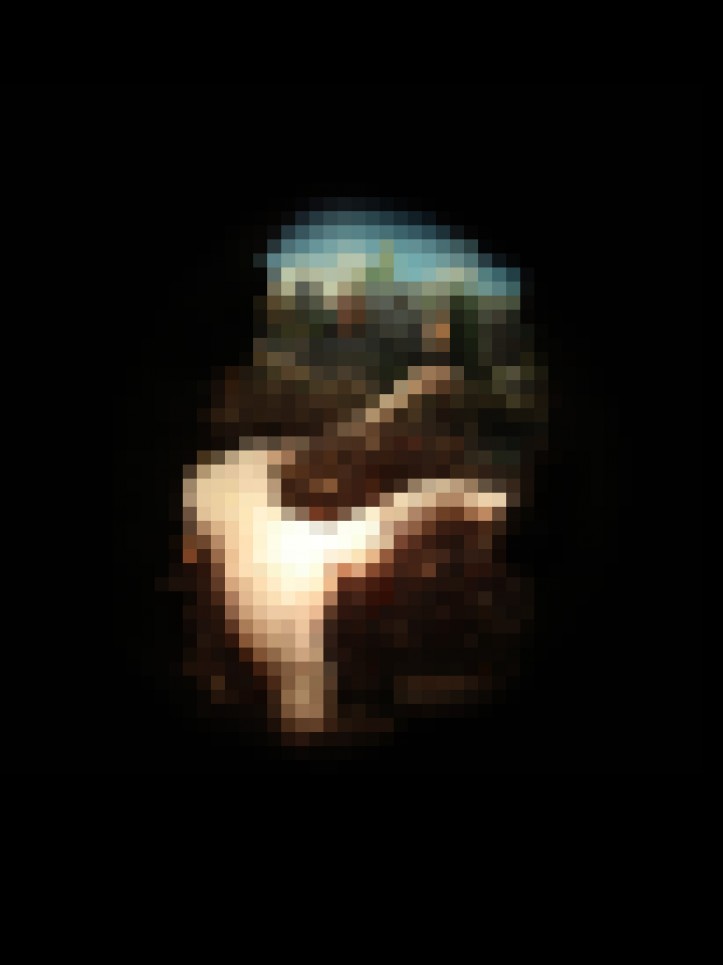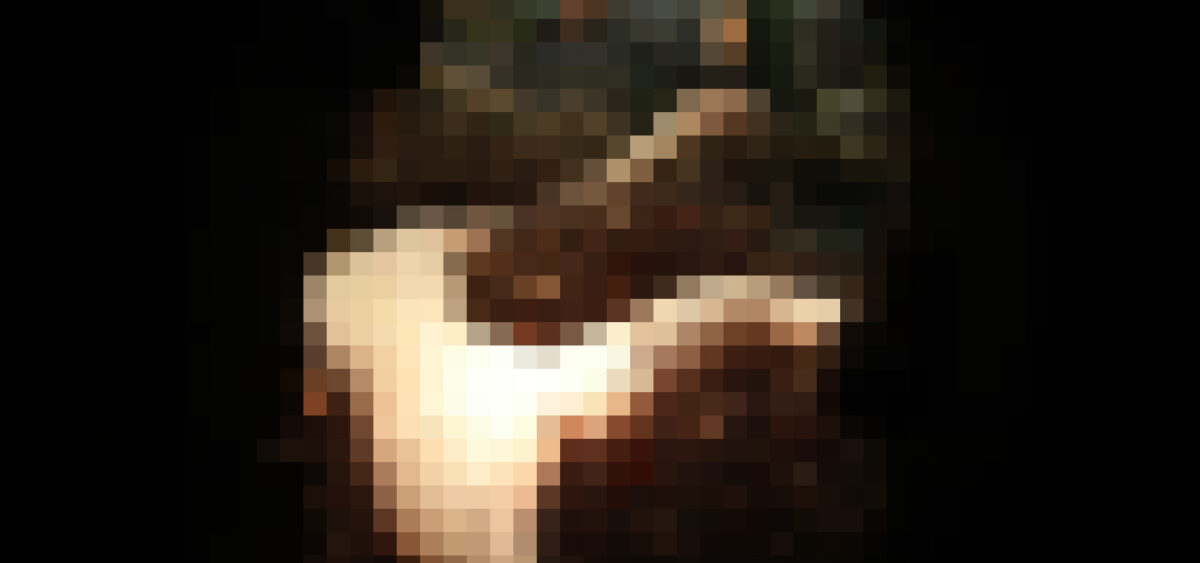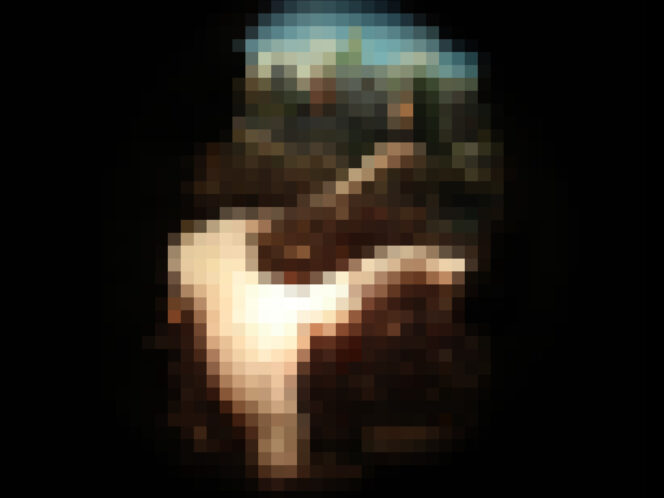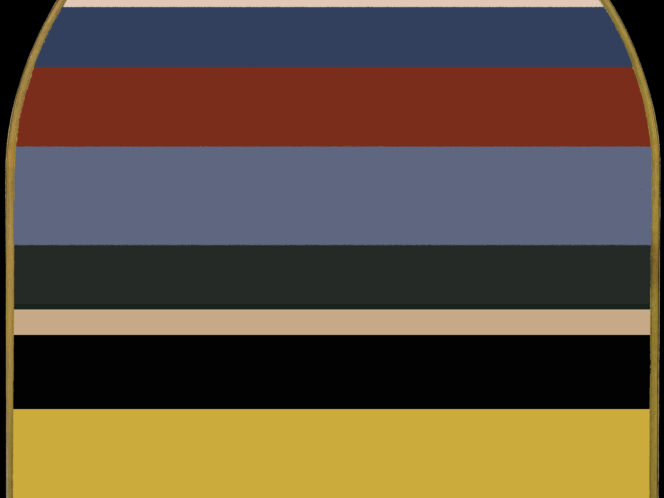
Reading time 3 minutes
“The strangest work of art in any museum,” was how a certain American painter, the precursor of pop art, summed up the piece from today’s puzzle.

The installation Étant donnés… was designed by Marcel Duchamp in such a manner that the viewer can only see it one








